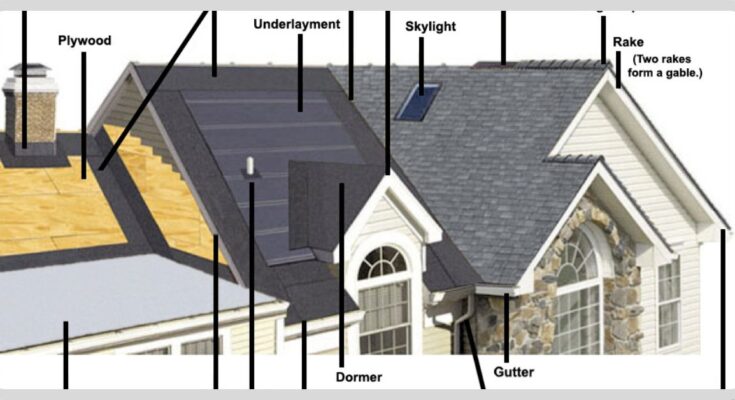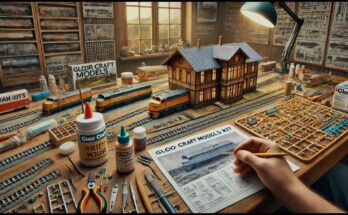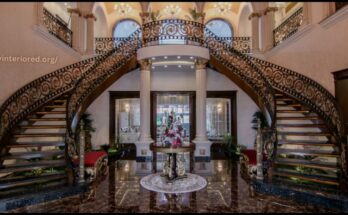Contents
- 1 Introduction to Roof Components
- 2 The Roof Deck: The Foundation of the Roof
- 3 The Underlayment: Providing Protection and Durability
- 4 Shingles: The Most Visible and Protective Layer
- 5 Flashing: Essential for Water Management
- 6 Gutters and Downspouts: Directing Water Away from the Roof
- 7 Ventilation: Keeping Your Attic Healthy and Functional
- 8 Chimneys, Skylights, and Other Roof Additions
- 9 Maintenance Tips
Introduction to Roof Components
Welcome to the ultimate guide on roof components! Your roof is more than just a cover over your head – it’s a complex system of various essential parts working together to protect your home from the elements. Whether you’re a homeowner looking to understand your roof better or someone interested in roofing, this breakdown of each section will give you all the insights you need to know. So let’s get started and discover the universe above our heads!
The Roof Deck: The Foundation of the Roof
When it comes to the components of your roof, the roof deck plays a crucial role as the foundation. It’s like the sturdy base that everything else is built upon. The roof deck supports the entire roofing system, ensuring stability and durability.
Typically made of plywood or oriented strand board (OSB), the roof deck is installed directly onto the rafters. It is a flat surface on which other layers, such as underlayment and shingles, can be applied. A properly constructed and well-maintained roof deck is essential for a long-lasting and reliable roof.
With a solid roof deck, your entire roofing system could be protected. Issues with the deck can lead to sagging, leaks, and even potential collapse in extreme cases. Ensuring that your roof deck is in good condition is vital to protecting your home from outside elements such as rain, snow, and wind.
The Underlayment: Providing Protection and Durability
When it comes to roof components, the underlayment plays a crucial role in providing extra protection and durability to your roof.
The underlayment serves as a barrier between the roof deck and the shingles, shielding against water infiltration. This is essential for keeping your home safe from leaks and moisture damage.
Whether you choose traditional felt underlayment or newer synthetic options, this material is designed to enhance the overall performance of your roofing system by offering added resistance to wind-driven rain and ice dams.
In addition to its protective qualities, the underlayment also contributes to the longevity of your roof by minimizing wear and tear on the shingles, ultimately extending the lifespan of your entire roofing structure.
Shingles: The Most Visible and Protective Layer
Shingles play a crucial role in the overall aesthetic and protection of your roof. These overlapping elements are visually appealing and serve as a protective barrier against various weather conditions.
Shingles come in different materials such as asphalt, wood, metal, or slate, each offering its unique advantages in terms of durability and style. The color and texture of shingles can significantly enhance your home’s curb appeal while providing an extra layer of defense against rain, wind, and sunlight.
Proper installation of shingles is essential to ensure they effectively protect your roof from water infiltration and damage. Regular inspection and maintenance can help promptly identify damaged or missing shingles that need replacement.
Investing in high-quality shingles for your roof is a wise decision that will enhance the appearance of your home and increase its longevity by protecting it from external elements.
Flashing: Essential for Water Management
Flashing may not be the glamorous part of your roof, but it is crucial in keeping water out. This thin, weather-resistant material is strategically installed around roof joints, chimneys, skylights, and other vulnerable areas to prevent leaks.
Flashing acts as a barrier against rainwater infiltration by creating a watertight seal between different sections of your roof. Without proper flashing installation or maintenance, water can seep into your home’s structure and cause costly damage over time.
It’s essential to ensure that your flashing is intact and in good condition to avoid potential water-related issues. Regular inspections by a professional roofer can help identify any flashing problems early on before they escalate into more significant concerns.
Investing in high-quality flashing materials and expert installation will go a long way in protecting your home from water damage and maintaining the integrity of your roof for years to come.
Gutters and Downspouts: Directing Water Away from the Roof
Gutters and downspouts play a crucial role in maintaining the integrity of your roof. They work as a team to direct water away from the Roof Components, preventing potential damage caused by pooling water or leaks.
The gutters are like the unsung heroes of your roofing system, quietly collecting rainwater and debris that would otherwise wreak havoc on your home. Downspouts then efficiently channel this collected water to the ground, ensuring it doesn’t linger on your roof’s surface.
Properly installed gutters and downspouts prevent mold growth, wood rot, and foundation damage. By effectively managing water flow, they help protect not only your roof but also the entire structure of your home.
Regular maintenance of these components is critical to their optimal functioning. Keep them clear of debris and inspect for any signs of damage regularly to ensure they continue seamlessly directing water away from your roof.
Ventilation: Keeping Your Attic Healthy and Functional
Ventilation is a crucial aspect of your roof that often goes unnoticed. It plays a key role in maintaining the health and functionality of your attic space. Ventilation helps regulate temperature and humidity levels by allowing air to circulate, preventing moisture buildup and mold growth.
Proper ventilation can also extend the lifespan of your roof by reducing heat buildup, which can damage shingles and other roofing materials. During hot summer, ventilation helps keep your attic cool, easing the burden on your HVAC system and lowering energy costs.
In colder seasons, ventilation prevents condensation from forming in the attic space, leading to insulation damage and structural issues over time. Whether through ridge vents, soffit vents, or gable vents, ensuring adequate airflow in your attic is essential for a healthy home environment.
Remember to inspect your ventilation system regularly and address any issues promptly to maintain optimal airflow throughout the year.
Chimneys, Skylights, and Other Roof Additions
Chimneys, skylights, and other roof additions play a crucial role in your roof’s overall functionality and aesthetics. Chimneys provide ventilation and add character to your home’s exterior. Skylights bring natural light into your living spaces, creating a bright, airy atmosphere.
Roof additions like dormers or cupolas can enhance the visual appeal of your home while also serving practical purposes. They allow for additional headroom or improved airflow in attic spaces.
Ensuring these components are installed and maintained is essential to prevent leaks or damage. Regular inspections can help identify any issues early on before they escalate into costly repairs.
Consider incorporating these unique features into your roof design to elevate your home’s look and functionality.
Maintenance Tips
Regular maintenance is crucial to ensuring the longevity and performance of your roof. Here are some tips to help you keep your roof in top condition:
1. Inspect your roof at least twice a year, preferably in the spring and fall.
2. Trim overhanging tree branches to prevent damage from falling limbs.
3. Clean gutters and downspouts regularly to ensure proper water drainage.
4. Check for signs of damage, such as missing shingles, cracks in flashing, or leaks inside your home.
5. Remove debris that can accumulate on your roof, such as leaves, twigs, and moss.
By following these maintenance tips, you can prolong the life of your roof and protect your home from potential damage. Remember that proactive care is critical to avoiding costly repairs down the line!
If you gained new insights from this article, explore our blog, Gimkit, for more enlightening content.



